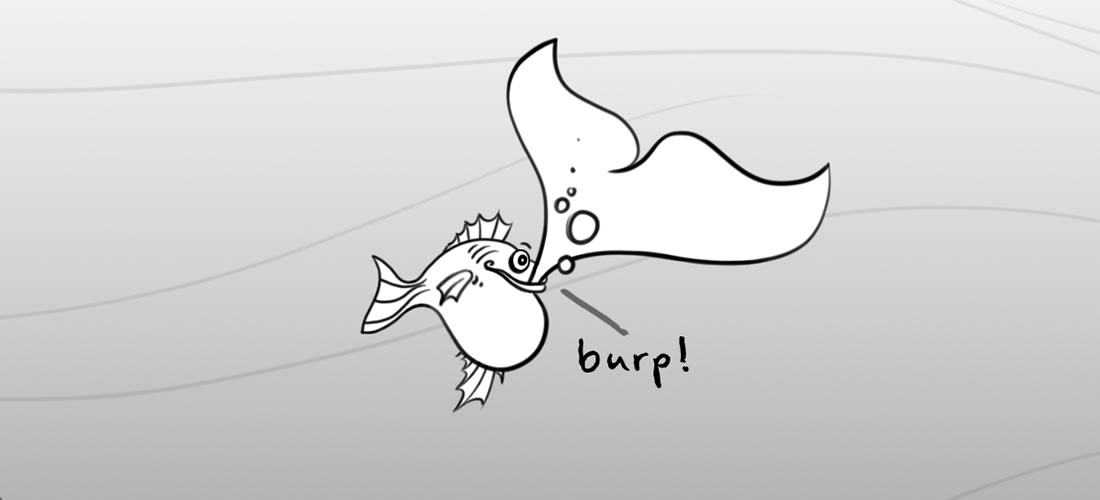Comics Tap into an Innate Form of Communication
A comic is worth a thousand words
Okay, you caught me. The saying really goes, “A picture is worth a thousand words.” The principles are the same, though, so the saying also applies to comics.
As promised, over the next few posts I will dive deeper into why you need to use comics in your organization. The short answer – COMICS WORK!
For reference, you may want to read my first post, “Why Should You Be Using a Comic in Your Business?”
To recap, comics have four key characteristics:
- Comics tap into an innate form of communication.
- Comics disarm sensitive topics.
- Comics suspend disbelief.
- Comics have powerful alignment properties.
And now let’s get to the specifics on the first characteristic.
Innate Communication – What?
What do I mean by “comics tap into an innate form of communication”? Let’s start at the beginning. We’ve been using comics since the beginning of recorded human history. Cave art, hieroglyphics, and any other means of primitive human communication were created using comics. If done well, the viewer doesn’t need words to understand the story. Think about that for a moment. Primitive humans from thousands of years ago are communicating with us today through comics. Wow!

Do we dream in PowerPoint?
Nope! But we do dream in pictures. Which brings me to my next point: we’re hard-wired to “see” the world in pictures. As you dream, you watch a movie play out in your mind. The dream can be visceral and emotive, and when you wake, you will feel like you did in the dream. It’s that real. If our dreams impact us so deeply, this raises the question, “Why do we entrust so much of our communication to PowerPoints and email and other corporate modalities of communication?”
We are hard-wired to see the world in pictures!
Think about how you would describe what your first bike looked like. Maybe try to describe your childhood backyard or the town where you grew up. You may notice it can be difficult. And chances are, you will be most successful if your audience can recall a similar object or location in their mind. They say they can visualize the bike/backyard/town as you are describing it. Ah, but are they truly seeing your childhood bike, the same model and color, smooth or off-road tires?
You see, their mind’s eye is different from yours. It’s molded by their experiences, abilities, and vantage point. Even if you do a fantastic job describing that bike, there’s almost zero chance they’ll imagine exactly what you intend for them to imagine. And even if you are the world’s best communicator, and can get that person to imagine your bike perfectly, what do you think will happen when they try to describe your bike to the next person? The image will get diluted the further down the communication chain it goes. I ask, then, how would this form of communication (where only words are used to communicate) serve your organization?
I recently read an interesting article that asserted emoji are a universal form of communication. A proper sequence of emoji will communicate quickly and easily. If you’re like most mobile phone users, you’ve probably relied on these quirky little pictures to convey an idea by text, confident that the person receiving the message would understand your meaning. Guess what another word would be for a sequence of images intended to expressly communicate an idea? Comic!
How can you Harness the Power of Comics?
The next time you need to roll out a new strategy, remember: images can create a clear picture and shared meaning for your message throughout the entire organization. Don’t let a PowerPoint, community board, or email undermine your investment. Comics are powerful and time-tested. And, COMICS WORK!





